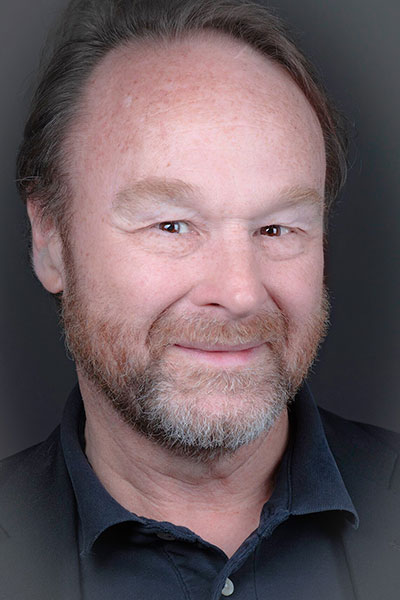This is a project done in 2020.
We, the humans, forget that we make things beyond need. We want outcomes so badly that we confuse desire with necessity. Things like war, a pandemic, a broken bone tell us pretty quickly that we while are fully righteous in our expectations, there is no such thing as transactional entitlement. When creating things, earn nothing, we buy nothing – we are just given a place to make things.
When it comes to architecture, the basics demand survival and safety. Beyond that baseline all design is humanity. There is nothing wrong with that, in fact there is everything right with it. After all, we are making the place we want, we do not expect it to be a gift. We make it.
Some of us are afflicted with beauty. Not being in possession of it, we are searching for it. In effort, the desire is unrewarded. I have that disease. If absent, hope unravels into disappointment. Whether words, pictures, dinner, a song, or even, forgive me, buildings, trying to find the spark of joy that has no recipe is often a self-fulfilling depression. But sometimes human effort has a place, and this is such a place.
Humanity has purpose and meaning beyond instinct: our motivations and outcomes. Consequently, we are depressed over the unanswerable need to know what beauty is because we have been exultant in its perception. To think that the joy of beauty is limited to art, or music, or architecture is sophistry. Beauty is in the warp and woof of the human condition, in everything we do. We do not make the ocean, the sunrise, a baby’s smile.
Our lives are transactional: we learn, we perform, we achieve, and we receive the results of our efforts. In some things. But as anyone who has children knows, motivations do not guarantee outcomes. In our perception of beauty, we earn nothing, but when we are parched, we drink. When we are exhausted, we sleep. When humanity seeks value beyond survival, inevitably drudge and worry define the impossibility of a transactional life. But joy comes in. Nice is nice, but experiencing the joy of beauty is as real as any drudge or worry.
Our need to define the joy beyond sensation is what makes the spiritual so elusive, incoherent, even dangerous in its ambiguity. The lack of an orthodoxy, scripture, commandments when perceiving beauty make any experience of it completely idiosyncratic, unless we can see the universality of the joy we all experience beyond any tangible, definable, defendable benefit.
The exquisite obsessions humans have with shapes, spaces, materials, colors is not found in other animals. There is no theory outside human theory. Instinct is not theory. That theory, us, can trigger delight or cause devotion. But making points is not making beauty.
A group of humanity, a church, asked me to take a century of religion remaking a focal barrier. The layers of ritual, aesthetics, theology came to overwhelm the reality of faith. Rather than faith, a few generations had made religion essential to our culture, a societal entitlement. Some of this is changing.
This church did this in response.
It took effort, listening and creating.
It took some removing
And some remaking
But a process created a product because humans listened to other humans. Each knew things the other did not and, together, they made a place. Here are some steps.
The existing.
Then options
One option resonated, with changes…
Things had to get defined and understood, more communication
And then another round of communication with the builders of the design
That communication defined cost, by bidding. For under $150,000 in 2020, this was built in New England. Because communication happened, because everyone listened, every one.
Then creation happened. What was closed was opened and made accessible. In all ways.
What was layered in time and tradition, was fully revered, but reconsidered.
And Craft came into being.
The result is not a new thing, or a reused thing, but a different thing, made from old and new. Because we, all of us, are made from old and new. Humans are not you, now, in your head. Humanity is us, all of us, each with the insides of a head, and a history, and a spirit. We, alone in our little universe of this world, can do that.
And we do.

Duo Dickinson, FAIA
Graduating from Cornell in 1977, Duo Dickinson opened his architectural practice in 1987. His work has received more than 30 awards and he is a Fellow in the American Institute of Architects. Much of his work is dedicated to pro bono or at-cost work for not-for-profits, totaling over 75 projects for over 30 organizations over the last 30 years. His design work has been published in more than 70 publications, he is the architecture writer for Connecticut Hearst Media Corp. and a staff feature writer for The Common Edge Collaborative and Mockingbird Ministries. He is a contributor to Arch Daily and has written for Archinect and other publications. His blog, Saved By Design has received over 100,000 hits in the last few years. Dickinson has also written eight books, the latest of which, A Home Called New England was nominated for a 2018 CT Book Award. He hosts the radio series “Home Page” on WPKN Radio. Dickinson has taught at Yale College and Roger Williams University. He is now on the faculty of the Building Beauty program at the Sant’Anna Institute, Sorrento, Italy as well as co-chair of their American Advisor Board and is teaching at the University of Hartford.

I agree. Beauty is in everything we do. We can find it everywhere, anytime, and even in things, humans haven’t created.
Architecture has its process; to obtain “beauty,” one of the most crucial things is listening to other humans (users).
Finally, after a long process and changes, we obtain a design or a building that results from communication.
Thank you for this comparison and example.
Such a beautiful post…loved it.